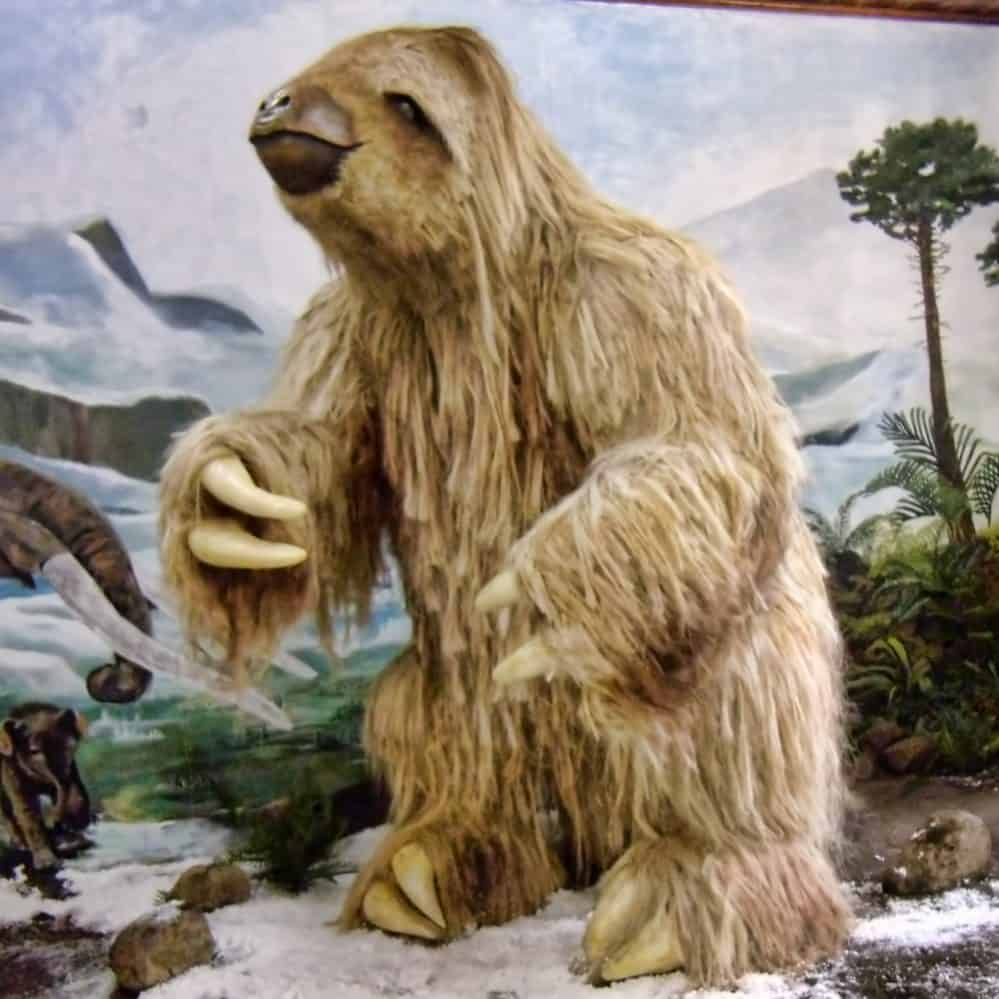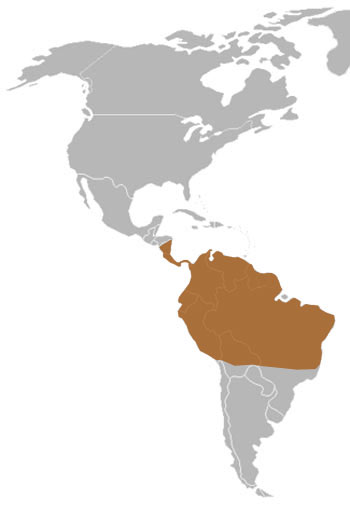

The holotype specimen was then shipped to Spain the following year wherein it caught the attention of the paleontologist Georges Cuvier, who was the first to determine, by means of comparative anatomy, that Megatherium was a sloth. Megatherium was first discovered in 1788 on the bank of the Luján River in Argentina.


americanum in size, such as large proboscideans (e.g., elephants) and the giant rhinoceros Paraceratherium. Only a few other land mammals equaled or exceeded M. americanum, which was native to tropical South America, Central America and North America as far north as the southern United States. Megatherium is part of the sloth family Megatheriidae, which also includes the similarly giant Eremotherium, comparable in size to M. Various other smaller species belonging to the subgenus Pseudomegatherium are known from the Andes. americanum, sometimes called the giant ground sloth, or the megathere, native to the Pampas through southern Bolivia during the Pleistocene. It is best known for the elephant-sized type species M. Megatherium ( / m ɛ ɡ ə ˈ θ ɪər i ə m/ meg-ə- THEER-ee-əm from Greek méga ( μέγα) 'great' + theríon ( θηρίον) 'beast') is an extinct genus of ground sloths endemic to South America that lived from the Early Pliocene through the end of the Pleistocene. Map showing the distribution of all Megatherium species in red, inferred from fossil finds


 0 kommentar(er)
0 kommentar(er)
